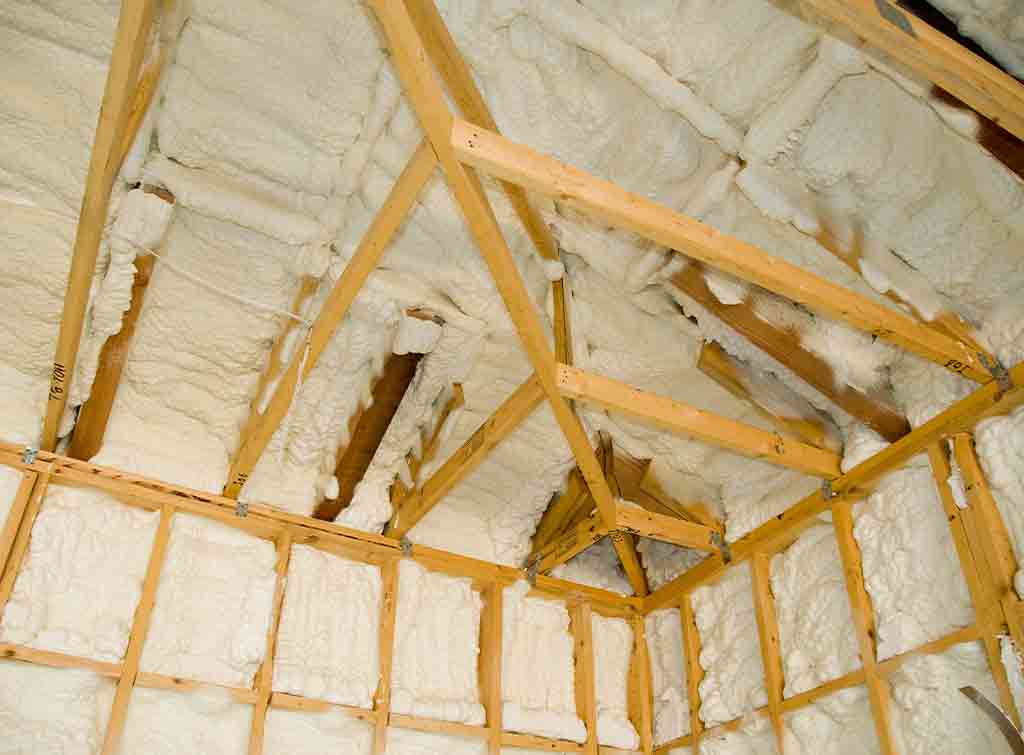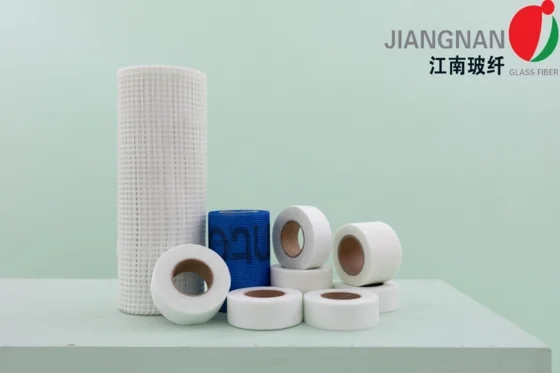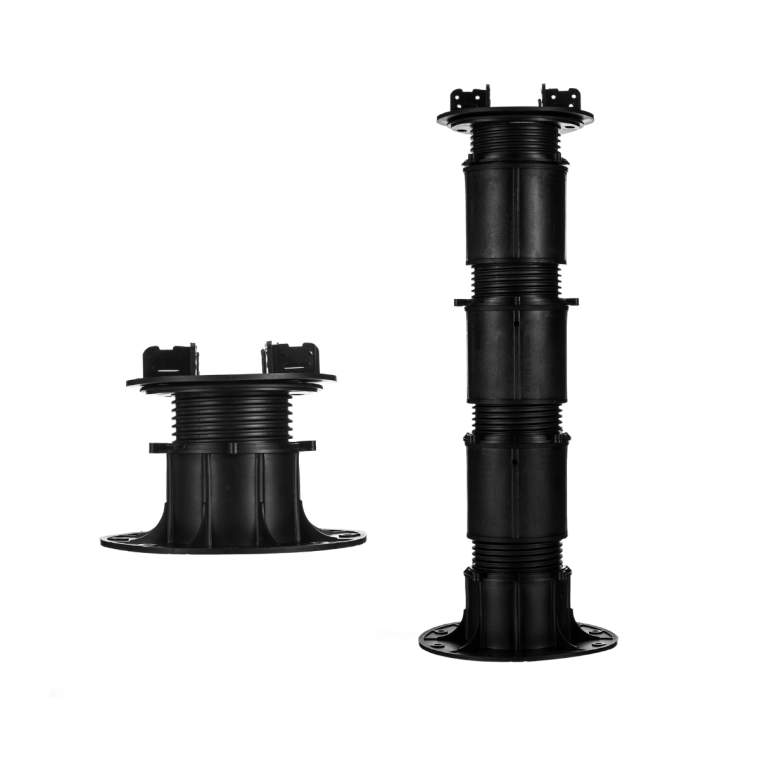The Ultimate Guide to Choosing the Best Insulation for Your Attic Ceiling
3 min read
When it comes to insulating your attic ceiling, selecting the right insulation material is crucial for energy efficiency, comfort, and cost savings. With a wide range of options available, it can be overwhelming to determine the best insulation for your specific needs. In this comprehensive guide, we will explore various insulation materials, their properties, and factors to consider when making your decision.
- Understanding the Importance of Attic Insulation:
Before delving into the specifics, it's essential to understand why attic insulation is crucial. An inadequately insulated attic can result in significant heat loss during winter and heat gain during summer, leading to increased energy consumption and discomfort. Proper insulation helps maintain a consistent temperature, reduces energy bills, and extends the lifespan of your HVAC system. - Fiberglass Insulation:
Fiberglass insulation is one of the most popular choices for attic ceilings. Composed of fine glass fibers, it offers excellent thermal resistance, soundproofing capabilities, and fire resistance. Fiberglass insulation is available in batts or rolls, making it easy to install. However, it's important to wear protective clothing and a mask during installation to avoid skin irritation and respiratory issues. - Cellulose Insulation:
Made from recycled paper or plant fibers, cellulose insulation is an eco-friendly option that provides effective thermal performance. It is treated with fire-retardant chemicals to enhance safety. Cellulose insulation is blown into the attic using specialized equipment, ensuring complete coverage even in hard-to-reach areas. Its ability to reduce air leakage and resist pests makes it a popular choice for attics. - Spray Foam Insulation:
Spray foam insulation is a versatile option that expands upon application, creating an airtight seal. It provides superior thermal resistance, effectively preventing heat transfer. Spray foam insulation can be applied to various surfaces, including irregularly shaped areas and around obstructions. However, professional installation is recommended due to the specialized equipment and expertise required. - Reflective Insulation:
Reflective insulation, often in the form of foil-faced panels, works by reflecting radiant heat away from the attic. It is particularly effective in hot climates where reducing heat gain is a priority. Reflective insulation is easy to install and can be combined with other insulation materials for enhanced performance. However, it is less effective in colder climates where heat retention is crucial. - Factors to Consider:
When choosing the best insulation for your attic ceiling, several factors should be considered. These include the climate in your region, the R-value (thermal resistance) required, any existing insulation, budget constraints, and potential environmental impacts. Consulting with a professional insulation contractor can help you make an informed decision based on your specific circumstances.
Conclusion:
Selecting the best insulation for your attic ceiling is a critical step towards achieving energy efficiency and comfort in your home. Whether you opt for fiberglass, cellulose, spray foam, or reflective insulation, each material has its unique advantages. Consider the climate, R-value, and other factors mentioned in this guide to make an informed decision. Remember, professional installation is key to ensuring optimal performance and maximizing the benefits of your chosen insulation material.



